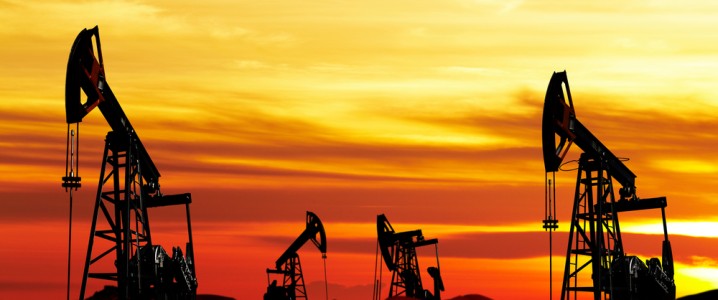
In comparison to 2021, Africa’s overall production of crude oil and condensate decreased by 0.81% in 2022. Nigeria, Angola, and Algeria are the biggest oil producers. The annual production of crude oil and condensate is expected to fall by 8.78% by 2030. Nigeria produced the most crude oil, followed by Algeria and Angola. Nigeria, Angola, and Algeria have three of the ten largest crude oil fields in Africa in terms of production in 2022.
1. Hassi Messaoud
Sonatrach owns and manages the crude oil field known as Hassi Messaoud in Ouargla, Algeria. Peak production was in 1977, and in 2022 it produced 0.4 mm bpd while recovering 82.28% of its reserves. Up until 2053, production will continue.
2. El-Sharara
One of the crude oil fields of Africa in Libya’s Wadi Al-Hayaa is called El-Sharara; it is owned by National Oil, OMV, Repsol, TotalEnergies, and is run by Akakus Oil Operations. Peak production was in 2022, when it produced 0.24 mm bpd and recovered 60.98% of its recoverable reserves. Production will continue until 2060, when it reaches its economic limit.
3. Waha Concession Fields
ConocoPhillips, National Oil, TotalEnergies, and Waha Oil Company are the owners and operators of the Waha Concession Fields in Al Wahat, Libya. Peak production occurred in 1970, when it produced 0.22 mmbpd and recovered 87.35% of its recoverable reserves. Up until 2057, production will continue.
4. Kaombo Complex
A crude oil field called Kaombo Complex is situated in Angola’s South Atlantic Ocean. It is controlled by Total E&P Angola Block 32 and is owned by China Petrochemical, Exxon Mobil, Galp Energia SGPS, New Bright International Development, Sonangol, and TotalEnergies. In 2022, it generated 0.21 mmbpd of output while recovering 45.88% of all its recoverable reserves. Production won’t stop until 2036, when the field reaches its economic peak.
5.OML 49, 90, 95
Chevron, NNPC, and Chevron Nigeria are the owners and operators of OML 49, 90, and 95, which is situated in the Gulf of Guinea in Nigeria. Peak production occurred in 1999, when it produced 0.14 mmbpd and recovered 90.26% of its recoverable reserves. Production will continue until 2049, when it reaches its economic peak.
6. OML 104, 67, 68, 70
Exxon Mobil owns and operates the crude oil field known as OML 104, 67, 68, and 70 in the Gulf of Guinea, Nigeria. With a peak production of 0.14 mmbpd in 1998, it recovered 97.68% of its recoverable reserves in 2022. Production will continue until 2029, when it reaches its economic limit.
7. Block 0 (Area A and B)
Block 0 (Area A and B) in the South Atlantic Ocean, Angola, is run by the Cabinda Gulf Oil Company CABGOC and is owned by BP, Chevron, Eni, Sonangol, and TotalEnergies. Peak production was in 1999, when it produced 0.14 mmbpd and recovered 97.02% of its recoverable reserves. Production won’t stop until 2025, when the field reaches its economic peak.
8. Dalia
Angola’s South Atlantic Ocean is home to the Dalia crude oil field, which is owned by BP, Eni, Equinor, Exxon Mobil, Sonangol, and TotalEnergies and run by Total E&P Angola. Peak production occurred in 2010, and by 2022, it was producing 0.12 mmbpd and recovering 71.2% of its recoverable reserves. Production will continue until 2046, when it reaches its economic limit.
9. CLOV Complex
The CLOV Complex is a crude oil field that is owned by BP, Eni, Equinor, Exxon Mobil, Sonangol, and TotalEnergies and is run by Total E&P Angola in the South Atlantic Ocean of Angola. In 2022, it generated 0.1 mmbpd of output while recovering 62.29% of all recoverable reserves. Production won’t stop until 2038, when the field reaches its economic peak.
10. Agbami
Nigeria’s Gulf of Guinea is home to the Agbami crude oil field, which is owned by Africa Oil, Banco BTG Pactual, Chevron, and Equinor and run by Star Deep Water Petroleum. Peak production occurred in 2011, and in 2022 it produced 0.1 mmbpd while recovering 88.79% of its recoverable reserves. Production will continue until 2031, when it reaches its economic limit.
source:https://www.technologytimes.pk/
